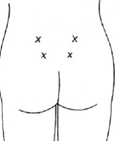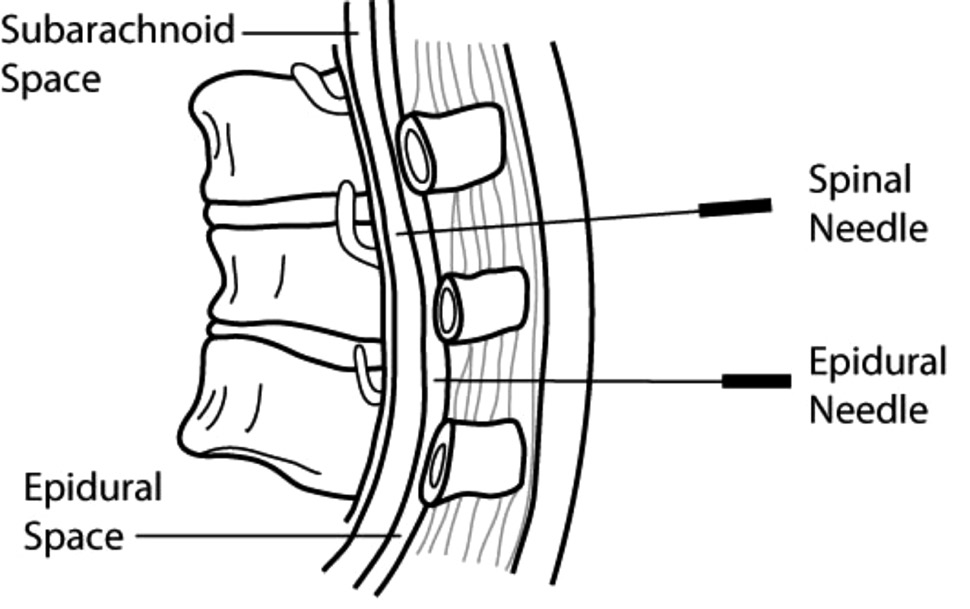Understanding the choices of pain relief are an important part of getting ready for the birth of your baby.
Although having a baby is a natural process, it can cause significant pain and discomfort.
Every woman is different, and every birth experience is unique, so the need for pain relief varies.
During labour, your need for pain relief may change, so it’s important that you are open to learning about different ways to manage pain during labour.
Using a TENS machine in labour
How do TENS machines help during labour pain?
TENS is believed to work by stimulating the body to produce more of its own natural painkillers, called endorphins.

More information: Pregnancy, Birth and Baby – TENS (Transcutaneous electrical nerve stimulation)
How are SWIs given?
How can SWIs help during labour?
During labour, SWIs provide effective pain relief for up to 85% of women with back pain and can last for up to two hours.
SWIs have a number of advantages, they:

More information: Pregnancy, Birth and Baby – Non-medical pain relief during labour
How do I use nitrous oxide in labour?
What is nitrous oxide?
Nitrous oxide is a gas that is mixed with oxygen and administered through a face mask or a mouthpiece held in the mouth.
Nitrous oxide is simple and quick to act and wears off in minutes. It will not take the pain away completely, but it may help.
More information: Pregnancy, Birth and Baby – Gas (Entonox)
What are morphine injections?
Morphine is a strong pain reliever, usually injected directly your arm or thigh.
What are the possible side effects?
For mother:
For baby:
Why are epidurals used during labour and birth?
Epidurals are used for vaginal and caesarean births, because they allow the mother to stay awake and alert during the baby’s birth.
What are the advantages of an epidural?
More information:
Epidural is a local anaesthetic, which is injected into your back (not the spinal cord).
An anaesthetist will put the epidural in. This usually takes about 20 minutes.



An epidural causes muscle weakness in the legs, so women who have had an epidural in labour are confined to bed.
This also means:
Will an epidural hurt?
The answer depends on who you ask. Some women describe an epidural placement as creating a bit of discomfort in the area where the back was numbed, and a feeling of pressure as the small tube or catheter was placed.
When might an epidural not be recommended for pain relief?
There are certain situations where an epidural would not be recommended. For example, medical complications, bleeding disorders, infections, history of back surgery.
Discuss any concerns you may have with your midwife or doctor who will make a referral for you to speak to an anaesthetist prior to your birth.
When can I have an epidural?
Typically, epidurals are placed when the cervix is dilated to 4–5 centimetres or more and you are in true active labour. The timing is determined by your unique experience in labour. You will need to discuss this with your midwife or doctor at the time.
Can an epidural slow down my labour?
Yes. An epidural can cause your labour to slow down and make your contractions weaker. If this occurs, you may be given intravenous oxytocin to help speed up labour. The second stage of labour can be prolonged and assisted birth may be required in certain situations.
Can an epidural affect my baby?
Research shows that epidurals do not directly affect your baby. The drugs used in epidurals do cross the placenta but are considered safe and have minimal effect on baby.
Epidurals have been routinely used for many years and are widely accepted as an effective method of pain relief after surgery, during labour and childbirth. However, as with many medical procedures, there are some associated risks that, although small, you should be aware of before deciding whether to have an epidural.
Risks and benefits of epidurals: Queensland Government – Epidural pain relief for your labour
More information: Pregnancy, Birth and Baby – Epidural
Pain relief options, 23 Mar 2023, [https://oss-uat.clients.squiz.net/health/children/pregnancy/antenatal-information/pain-relief-options]
This document is uncontrolled when printed. Before using the information in this document you should verify the current content on https://oss-uat.clients.squiz.net/health/children/pregnancy/antenatal-information/pain-relief-options.